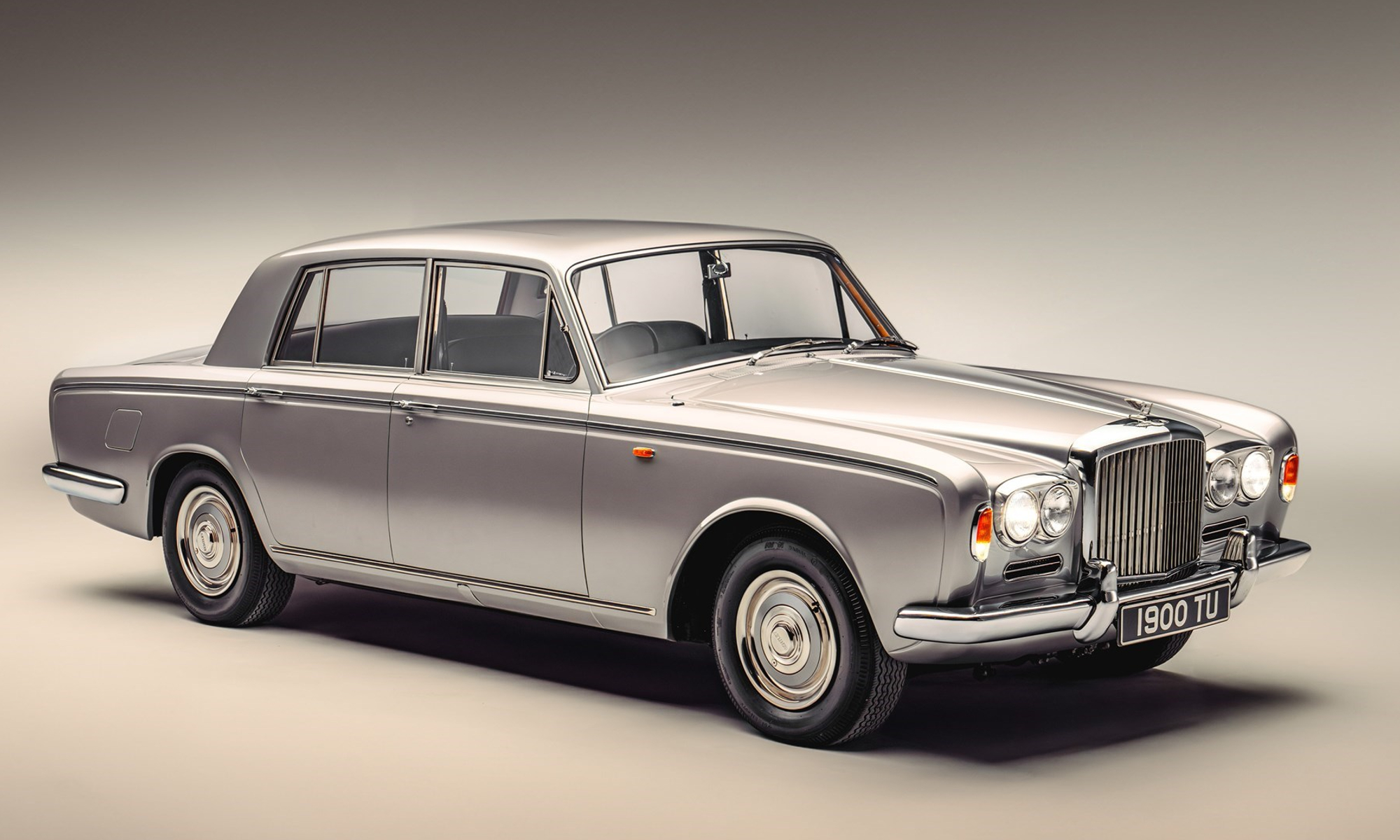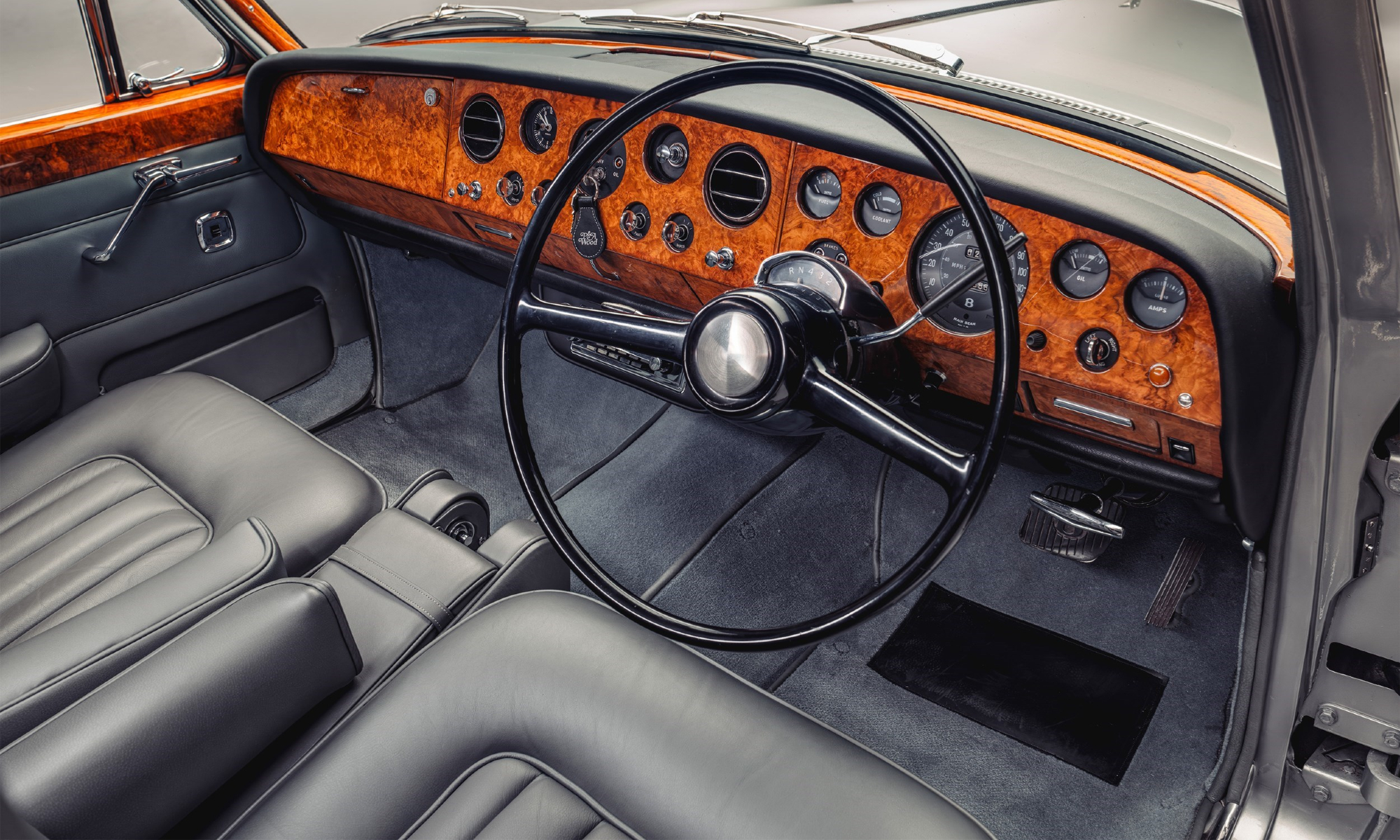Bentley recently added a new car to its Heritage Collection. The historical significance of this particular Bentley T-Series standard saloon prompted Bentley to dedicate resources to restore the car to its original condition and place it in the company’s assemblage of road and race cars that characterized the company’s history.
In the U.S., we’d call this Bentley a sedan, the distinction being that the luggage compartment is separate from the seating area. Bentley also refers to the body style as a standard saloon to differentiate it from cars with extended wheelbases often used as limousines.
Why Bentley went to all the effort for this car
Bentley went to the trouble of recommissioning or thoroughly restoring this example of the Bentley T-Series when the company realized it was the first ever built, with chassis number SBH1001. The car had been in storage for years and was missing many crucial components, but it was the same vehicle used for advertisements and promotions after the T-Series was launched at the 1965 Paris Salon de l’Auto. The photos above are of the original vehicle, also used as a company trials car, an early form of motorsport competition.
The decommissioning took more than 18 months with the services of Bentley Heritage Collection staff and P&A Wood, a company that specializes in Bentley preservation and restoration. While the car’s dashboard, interior trim, and wiring were missing, the restoration team was pleased that even though it had not been started for 15 years, the drivetrain was in good condition and only required regular service. Poor quality repairs from early accidents were an issue, with limited original parts available. Because there were changes in the series specifications, the team used an early series donor car for parts.
Significant characteristics of the Bentley T-Series
Bentley began designing the T-Series, the automaker’s first monocoque model, in 1958. Previous Bentleys used beams of a frame to support the body, which was often constructed separately. In a monocoque design, the skin is part of the vehicle’s weight-bearing structure. A monocoque is not the same as a unibody design, which includes other structural elements to support the car’s weight. The Bentley monocoque project also resulted in the Rolls-Royce Silver Shadow.
The monocoque design had several advantages, including much lighter weight. The Bentley T-Series had a 6.23-liter 225 hp V8 engine with a top speed of 115 mph and 0 to 62.2 mph acceleration in 10.9 seconds, which was impressive for such large cars at the time. Other innovations developed with the T-Series included improved transmissions, suspension, steering, axles, and quieter rubber subframe mounts.
Bentley built 1,868 first-generation T-Series cars. The one that just joined the Heritage Collection was the first one produced.









